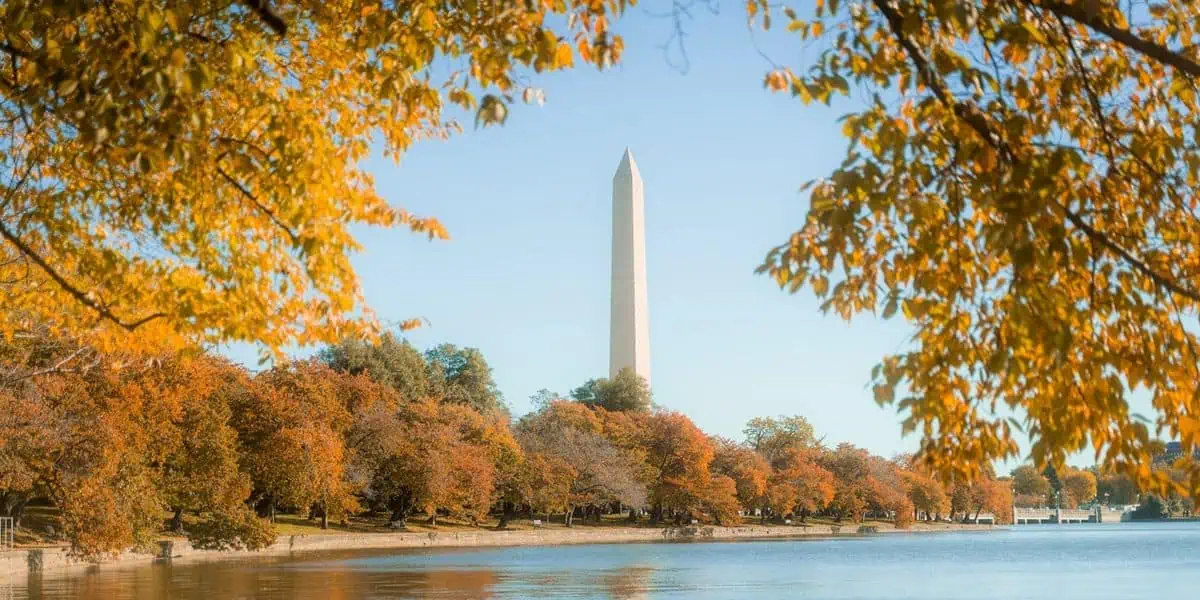We’ve been closely tracking the state of reopening through our ongoing industry surveys and reports (which are all freely accessible). But we were piqued by what online travel agency Headout has done: they have built a database of the world’s top attractions (more than 900) to keep tabs on the state of reopening and the measures operators have put in place.
They gave us access to the data, and here’s what we’ve learned. (Keep in mind that this is based on a sample of 904 larger attractions that the Headout team has been tracking as of August 17. This does not necessarily reflect the larger tour and activity sector.)
Europe, Asia Reopening Faster
Nearly 4 in 5 of the top attractions worldwide are open. Notably the percentage of attractions open is much higher in Europe and Asia vs. the Americas, where the COVID-19 case numbers are significantly higher.
More Mandates in the Americas
The vast majority of attraction operators (96%) have implemented social distancing, with little variation around the world. Surprisingly, however, more major attractions in North America have implemented mask mandates (61% in North America, vs. 45% and 51% in Asia and Europe, respectively).
We were expecting the opposite result, given the politicization of mask wearing in the U.S. However, this could be explained by both the far lower case numbers in many Asian and European countries, as well as the fact that mask wearing has been a much more accepted practice across Asia since well before the current pandemic. There may be less need to mandate a behavior that is already widely adopted.
Online Only? Not So Much in Asia
Long a holdout for issuing paper tickets to visitors who walk up to the entry point or ticket office, attractions have been moving quickly to implement online booking since the onset of the pandemic. The move enables them to manage capacity and social distancing by avoiding long lines and overcrowding.
While more attractions in Europe and the U.S. have moved to accept online bookings only, just 31% of Asia Pacific-based attractions are doing so. It’s unclear whether attractions in the region do not feel the need to do so, or if they are less able to do so because of technology limitations, or both.
What Does This All Mean?
Attractions have long been a key driver of tourism. They literally attract travelers to a destination and are central to the itineraries of many thousands of tour operators around the world. The state of their reopening is critical to our industry.
There’s still much uncertainty ahead. Will there be more closures with fall or winter lockdowns? What is the status of attractions selling tickets to tour operators and online travel agencies, or accepting group tours? Many still do not.
Operators that feature key attractions in their tours will need to keep a close eye, as will the broader travel industry. Kudos to Headout for compiling and maintaining this data. Please keep it up.
Visit the Headout attraction tracker here and check the status of each attraction and country.
















